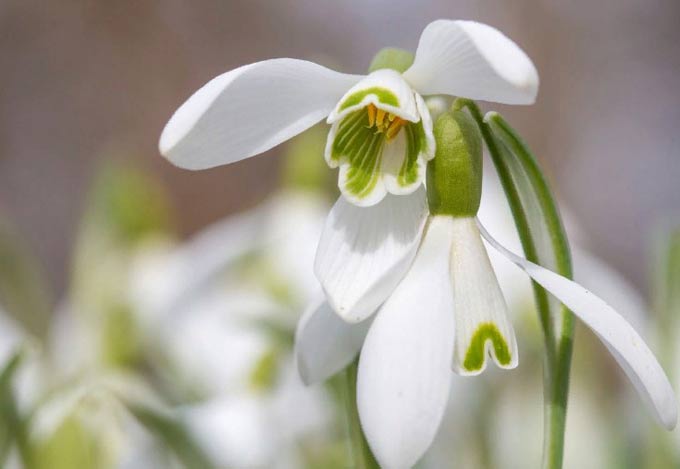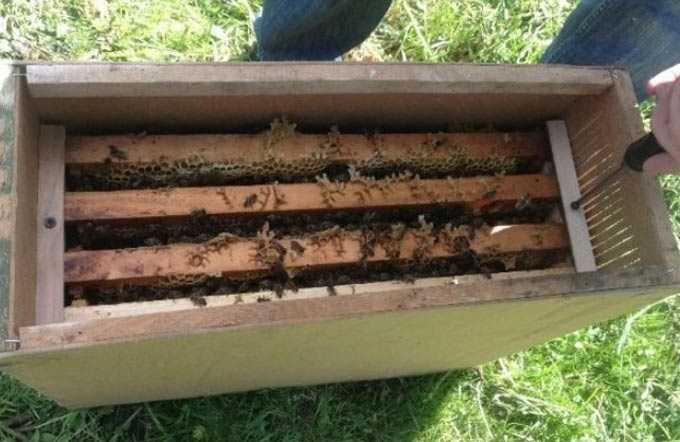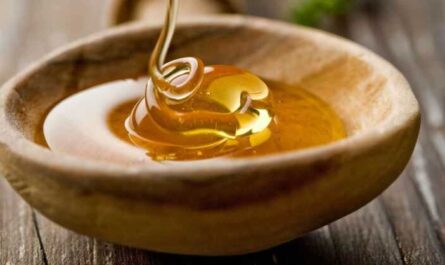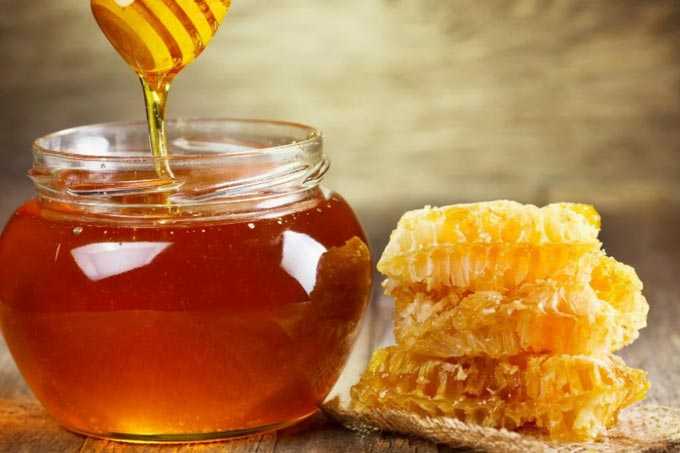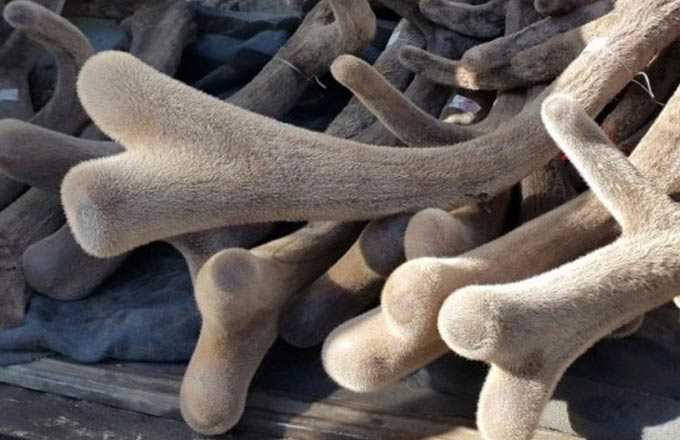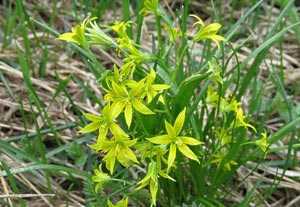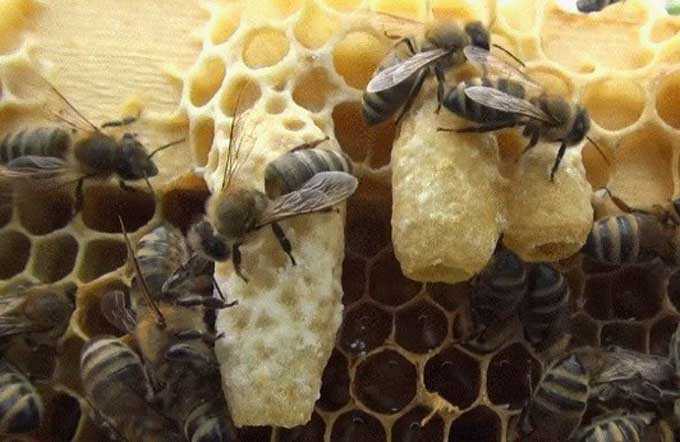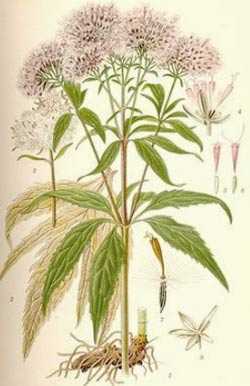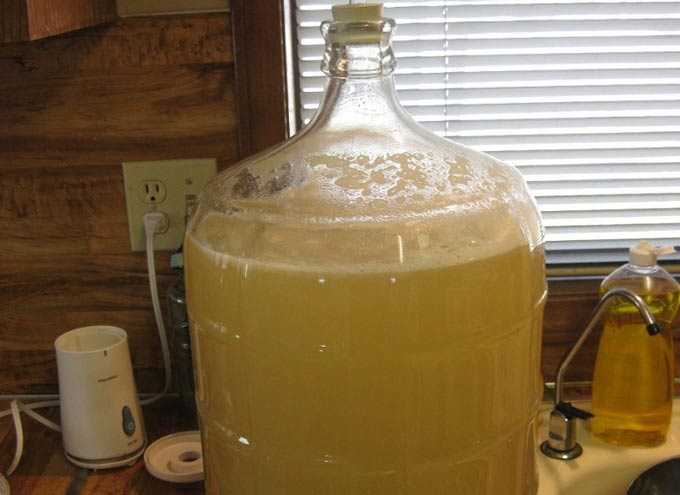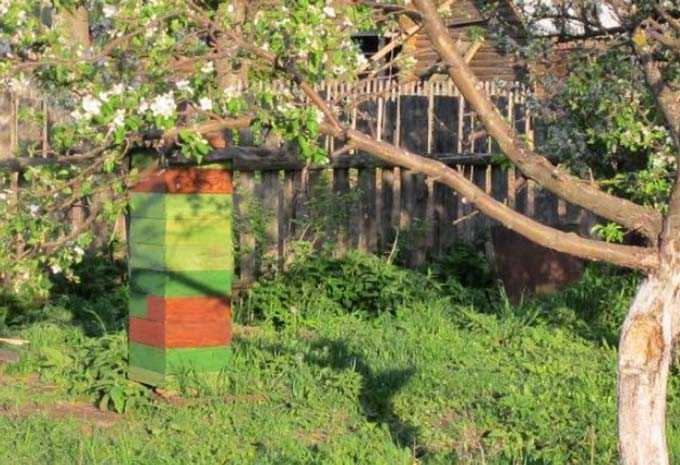Snowdrop honey plant is a perennial herbaceous frost-resistant early spring plant of the amaryllis family.
The scientific name of the flower is “galanthus”. There are also popular names for this primrose: in English – “snowy”, in German – “snow bell”, in Czech – “snowflake”, in Bulgarian – “bully” or “kokiche”, and the French and Italians in common people call it ” with a snow drill ”.
The content of the article
- 1 Distribution and Description
- 1.1 Basic views
- 2 Significance for agriculture
- 3 Honey productivity
- 3.1 Honey quality
Distribution and Description
Primrose grows in the forest-steppe zone of the central and southern part of Europe, as well as in the regions of Asia Minor. Several species are found on the coast of the Caspian and Black Seas, about 16 varieties are common in the Transcaucasus.
The bulbous plant lives for only about a month. At the first warm temperatures, two or three green oblong leaves begin to germinate. Simultaneously with the leaves, the first flowering snow-white buds are formed. Each single oblong bud with three petals is located at the top of a tall, hollow and ribbed stem of the plant. After flowering, the leaves grow up to 20 in length and up to 3 centimeters in width.
The primrose is pollinated by insects: bees, beetles, butterflies.
The fruit is a small box with spherical juicy small seeds.
Basic views
In total, science knows about 20 types of snowdrop (alpine, narrow-leaved, snow-white, folded, flat-leaved, etc.) and 2 hybrids for floriculture have been bred.
Significance for agriculture
Only two species are cultivated as ornamental plants. They are grown in large groups on ridges, rock gardens, creating wonderful delicate compositions in urban and personal plots.
Some rare species are included in the Red Book. But in fact, all primroses need protection from extermination. The sale of wild varieties of these flowers is prohibited by law. All violators can be fined. Only greenhouse plants are allowed to be sold. Moreover, the supplier must have a corresponding certificate.
The flowers are unpretentious and do not require special care, they are easily grown by seeds and bulbs. Snowdrop should be well watered in spring and replanted every 6 years.
Honey productivity
Snowdrop produces moderate amounts of nectar and pollen, but it is valuable to bees as an early honey plant. Insects awakened after wintering greedily visit the only flowering plants, feeding themselves and their families. At the same time, the plant does not provide a good bribe – all the nectar is immediately eaten by bees.
Honey quality
In some honey markets, the so-called “snowdrop honey” has begun to appear these days.
Particularly enterprising distributors quickly advertised a rare and expensive early spring product. Knowledgeable beekeepers were skeptical about this event, but many buyers were seriously interested in the miracle product. And it is not surprising, because this sort of honey appears on the market earlier than in May!
The question arises: what is sold on the market under the guise “Snowdrop honey”?
When buying a rare variety, you need to look at its composition. It will say that honey is created on the basis of Altai snowdrop nectar, in other words – kandyk.
Of course, kandyk is an early spring honey plant, but this herbaceous bulbous plant belongs to the lily family, and has absolutely nothing to do with our snowdrop.
Throughout May, bees willingly collect nectar from the kandyk thickets. It is quite possible to get a marketable product from strong families of a mobile apiary, but this variety cannot be called a snowdrop variety!
Popularly, all early spring flowering plants are called primroses or snowdrops, perhaps this was the reason for the misconception among buyers. And the implementers shamelessly use this fact for the sake of profit.
No one argues that honey from kandyk is a very rare variety. But on the product label, we will actually find a deception – the inscription “snowdrop honey”, a colorful picture with snow-white flowering buds and a large list of useful properties. Do not succumb to unfair advertisements from manufacturers! The honey from the snowdrops mentioned in the article does not exist.

